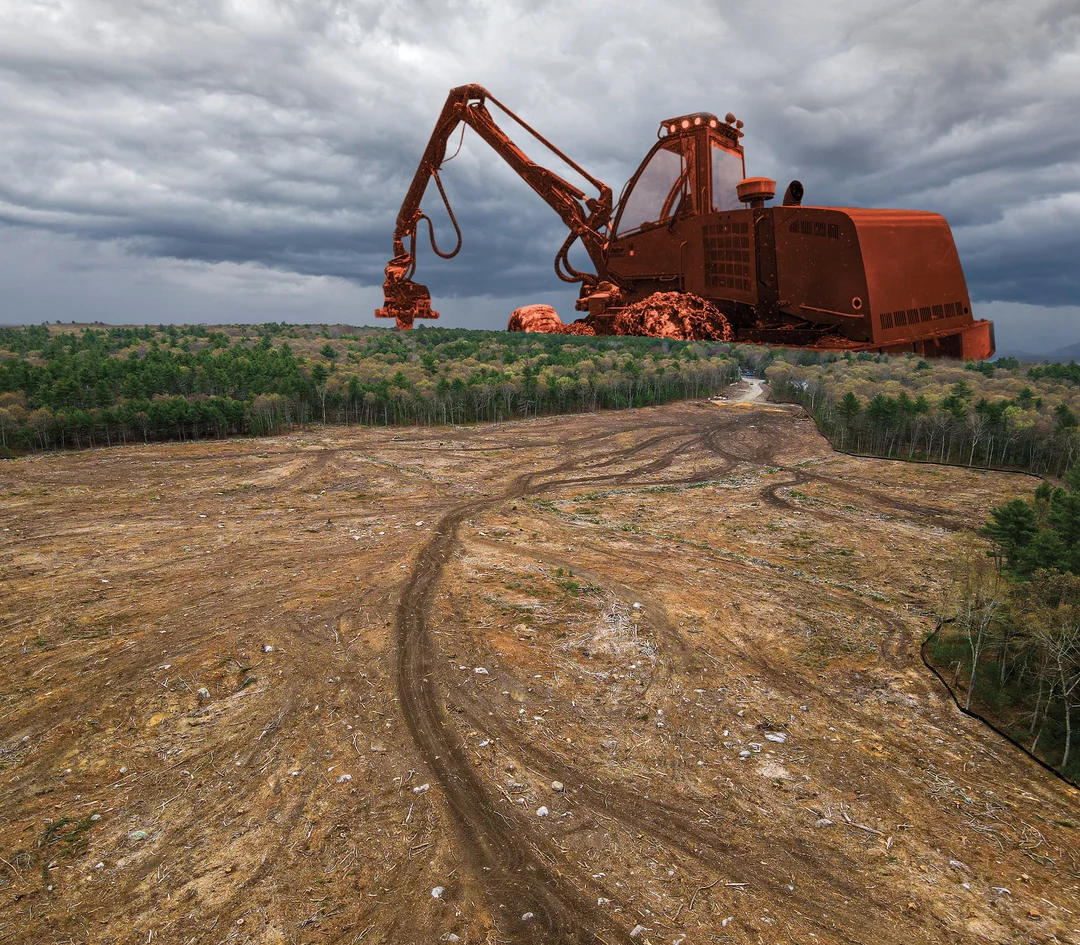
The Fight to Protect Rhode Island’s Endangered Species
As the world watches biodiversity decline at an alarming rate, Rhode Island stands at a critical crossroads. This small state, often overlooked in discussions about conservation, is home to species teetering on the brink of extinction. A recent exploration of the state’s ecological landscape reveals not only the challenges faced by its wildlife but also the heroes fighting to preserve it.

Matt Largess, an arborist, measures the Fisherville Giant, a massive white pine in the Fisherville Brook Wildlife Refuge, which stands resilient against the backdrop of Rhode Island’s tumultuous environmental history. "This baby is still growing, still expanding," he notes, highlighting the importance of such trees not just as natural wonders but as vital components of the ecosystem that shelters various organisms.
Yet, the threat is palpable in Rhode Island, where land development and invasive species pose significant challenges. The Defenders of Wildlife pinpointed wildlife exploitation and invasive species like non-native phragmites as key players in the biodiversity crisis here. The diamondback terrapin is struggling for nesting grounds, bringing the crisis close to home.
Conservationists have begun to mobilize, notably through ambitious initiatives like Operation Spadefoot Rhode Island, which aims to protect one of the state’s rarest amphibians. Managing conservation efforts is a painstaking process, characterized by collaboration among various stakeholders including state agencies, non-profits, and citizens. These alliances are crucial for preserving not only the spadefoot toad but also the intricate web of life it embodies.
But the conversation extends beyond immediate concerns. A report from the Intergovernmental Science-Policy Platform on Biodiversity reveals that over a million species globally face extinction, underscoring the urgency required in local conservation efforts. As David Gregg, executive director of the Rhode Island Natural History Survey, states, the fragmentation of habitats due to urban development hampers ecological processes necessary for health and diversity within ecosystems.
Despite these daunting challenges, there is hope. The Rhode Island Natural History Survey and initiatives like annual BioBlitz events strive to document and protect local biodiversity. Furthermore, legislation aimed at forest protection has sparked debate among advocates, emphasizing the public's growing awareness and desire to act on issues of conservation.
In summary, Rhode Island’s battle for its endangered species exemplifies the larger global struggle for biodiversity conservation. The efforts of individuals like Largess, alongside community and state initiatives, reflect a commitment to reversing trends of decline. This urgent call to action invites us to reflect on our roles in nature's intricate tapestry. What more can we do to protect our planet’s fragile ecosystems? Your insights could shape future initiatives. Share your thoughts on how we can sustain biodiversity for generations to come.